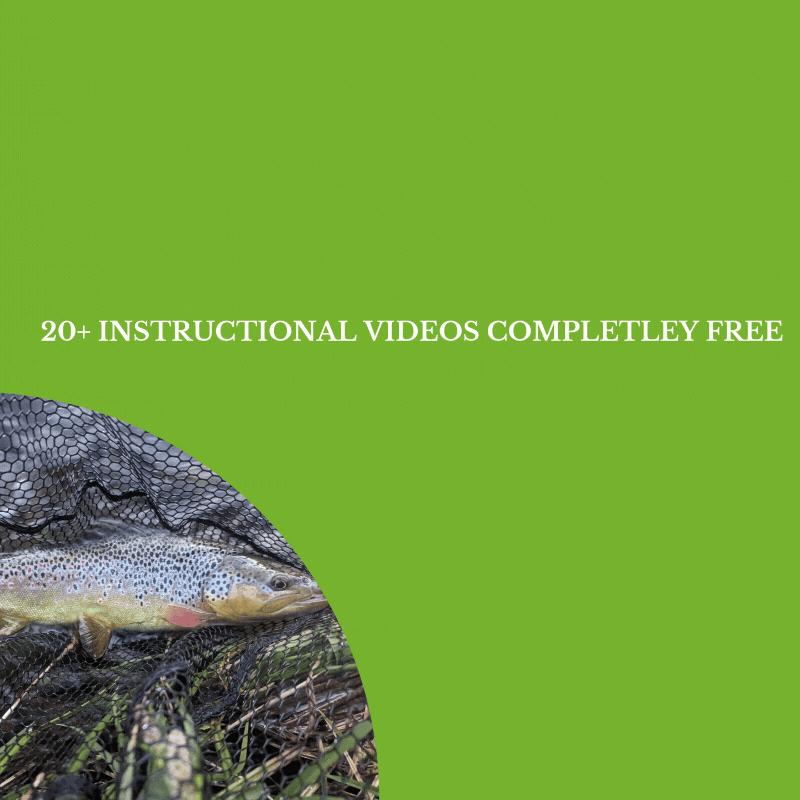

Choosing the right fly line is one of the most important decisions you can make when salmon fishing with a double-handed rod. Terms like Spey, Scandi, and Skagit are common, but what do they mean and which is best for you?
This guide explains the differences between these three systems, their advantages and disadvantages, and when to use each on UK rivers.
✔ Full Spey Lines
What Are They?
Full Spey lines are long-belly lines with head lengths of 55–70 feet. Designed for traditional Spey casting, they create big D-loops and suit longer rods (13–15 ft). Perfect for classic salmon fishing on larger rivers.
Advantages:
- Exceptional line control and mending at long range.
- Smooth, traditional casting stroke for anglers who enjoy classic Spey style.
- Delicate presentation with small flies and doubles.
- Minimal shooting line for better accuracy and stability.
Disadvantages:
- Needs lots of space for a large D-loop – not great for tight banks.
- Steeper learning curve for beginners.
- Slower to change depth compared to modular head systems.
Best For: Big UK rivers such as the Tay, Dee, or Tweed when you have plenty of room and want maximum control.
✔ Scandi Lines (Scandinavian Shooting Heads)
What Are They?
Modern Scandi lines are short-head systems (typically 32–40 ft) built for versatility. Many come with interchangeable tips, so you can fish floating, intermediate, or sinking setups with a single head. A great all-rounder for UK salmon fishing.
Advantages:
- Highly versatile: one head covers multiple depths.
- Perfect for seasonal changes and mixed river conditions.
- Smooth, efficient casting with clean presentation.
- Handles floating and sinking tips well on longer rods and higher line weights.
Disadvantages:
- Shorter rods (under 13 ft) and lighter lines can struggle with fast-sinking tips.
- More shooting line than a full Spey = less precise control for long-range mends.
Best For: Anglers looking for a do-it-all solution that works across floating and sinking scenarios. Ideal for medium to large UK rivers.
✔ Skagit Lines
What Are They?
Skagit heads are very short and heavy (18–26 ft) and designed for throwing big flies and heavy tips. They require minimal D-loop, making them perfect for tight spaces and challenging conditions.
Advantages:
- The easiest system for casting heavy sink tips and big flies.
- Excellent in high water or early season conditions.
- Handles wind and tough environments with ease.
- Minimal back space required.
Disadvantages:
- Not subtle – aggressive presentation can spook fish in low water.
- Short head = limited mending and control at distance.
- Feels clunky on long rods compared to Scandi or full Spey.
Best For: Spring fishing, spate conditions, and tight tree-lined pools where space is limited.
🔎 Comparison Table: Spey vs Scandi vs Skagit
| Feature | Full Spey | Scandi | Skagit |
|---|---|---|---|
| Head Length | 55–70 ft | 32–40 ft | 18–26 ft |
| System | Integrated or Poly | Modular tips (float–sink) | Heavy sink tips (T-series) |
| Best For | Maximum control | Versatile & delicate presentation | Heavy flies & depth |
| Casting Space | Large | Medium | Minimal |
| Presentation | Very delicate | Delicate & adaptable | Aggressive |
✔ Our Opinion
If you are unsure about the specific line you need, the Scandi options are probably the easiest casting solution that still offers excellent versatility. The Rio Scandi system allows you to fish all river conditions with one head and multiple tips:
- For rods over 13ft: Rio Scandi VersiTip
- For rods under 13ft: Rio Scandi Short VersiTip
Final Thoughts
The right choice depends on river size, water conditions, and fly size. If you’re unsure, start with a Scandi system for versatility, add a Skagit for deep work, and explore full Spey for traditional casting on open rivers.

